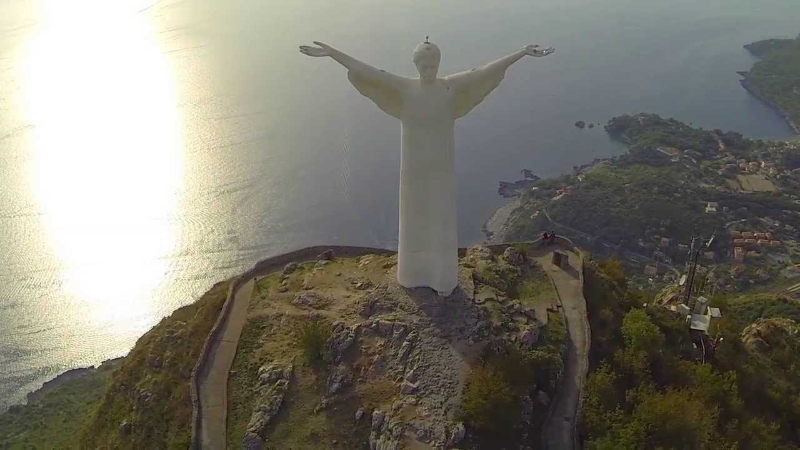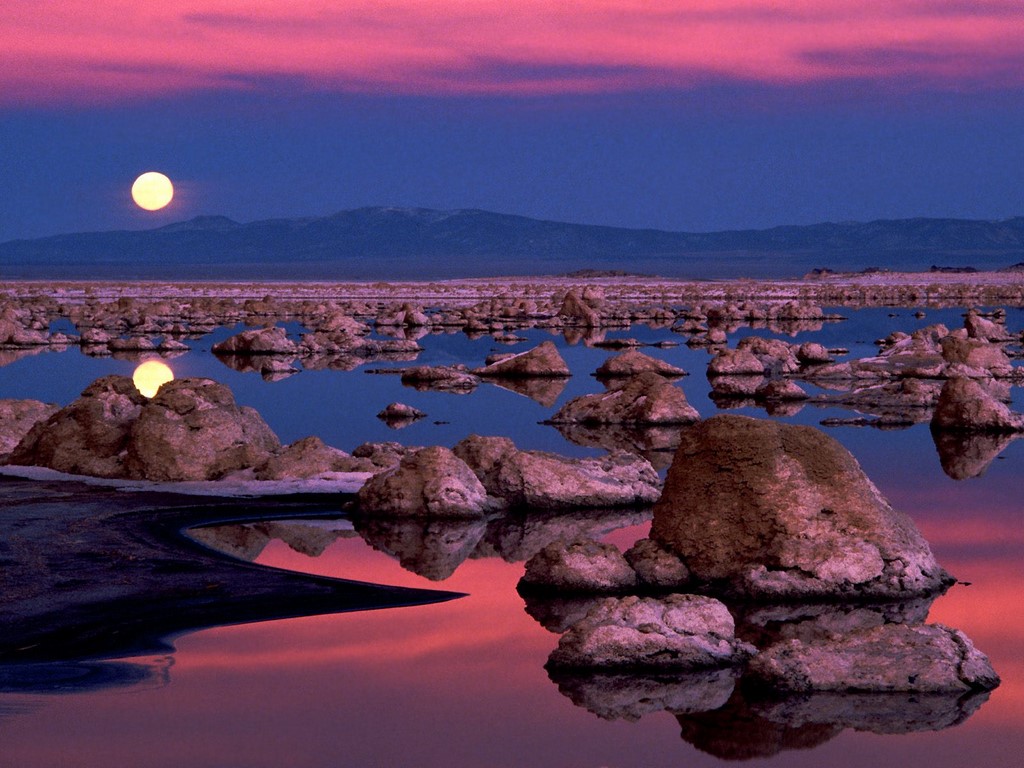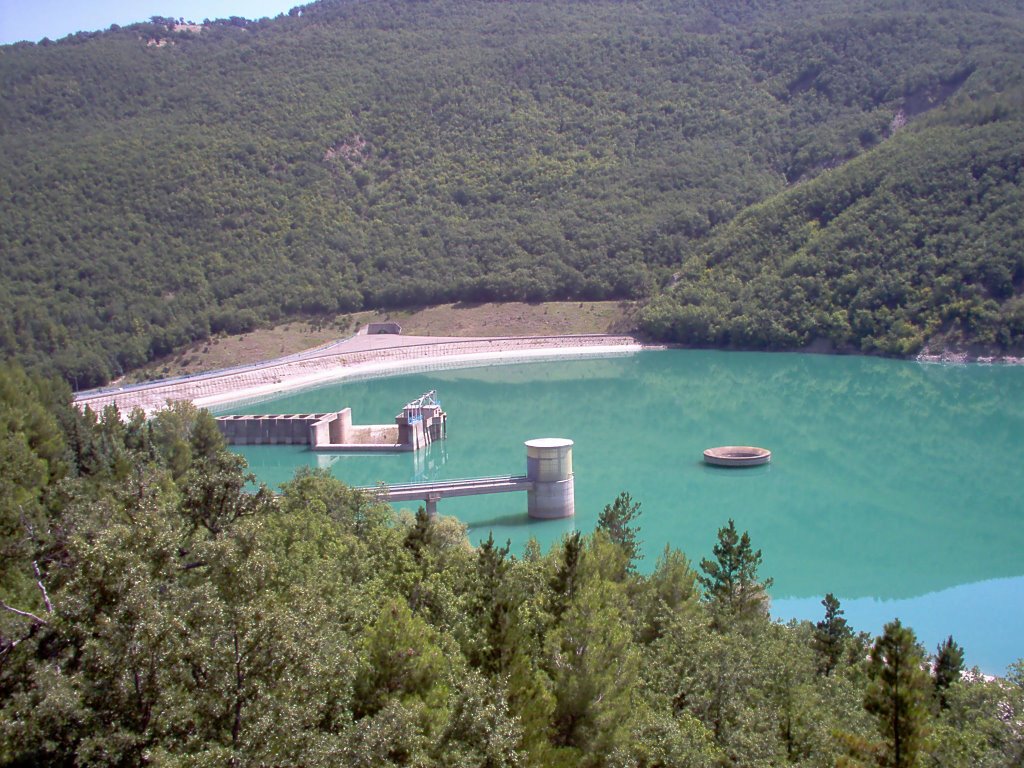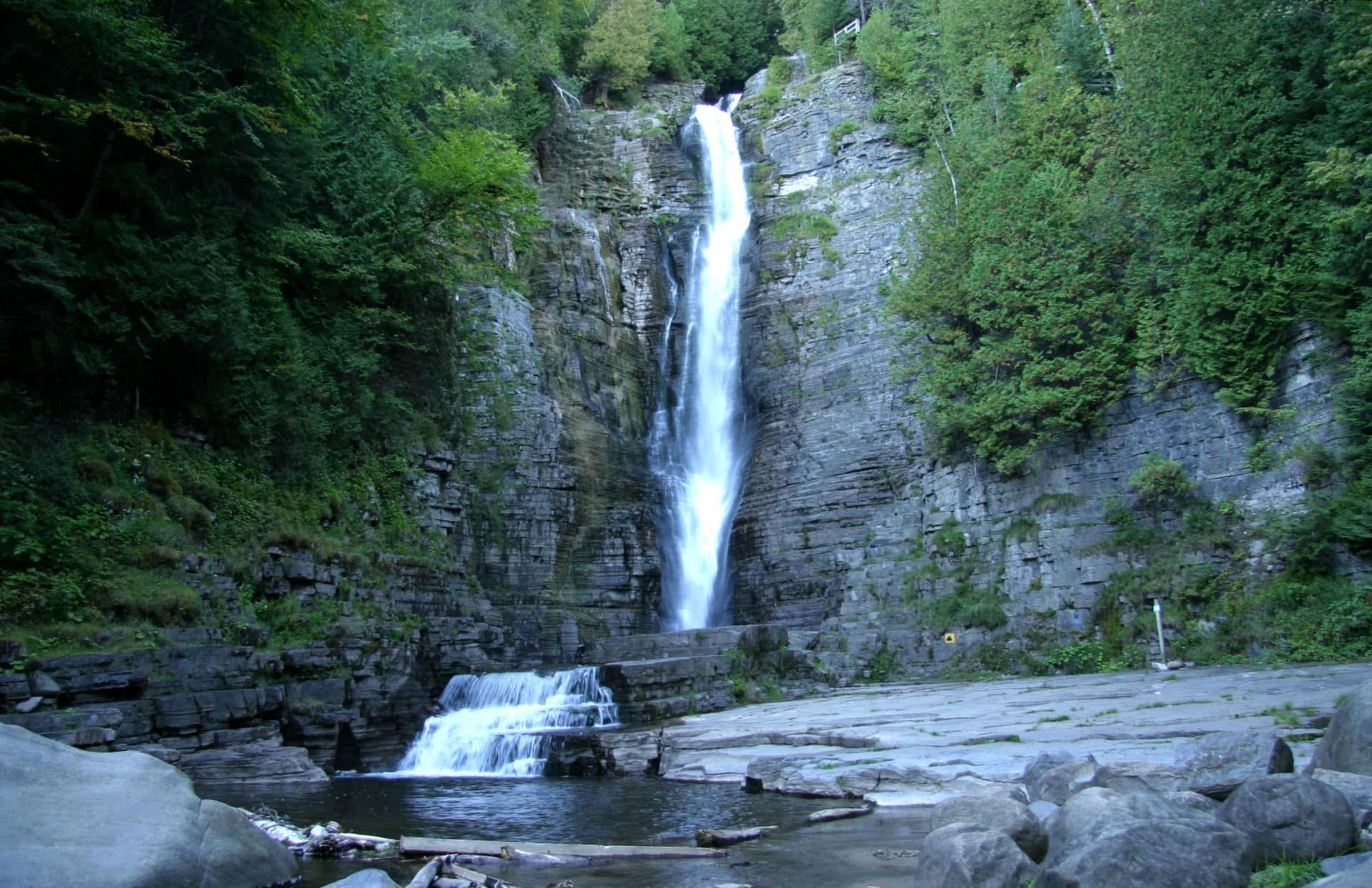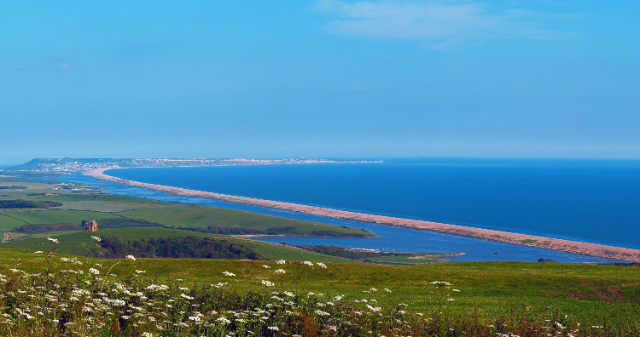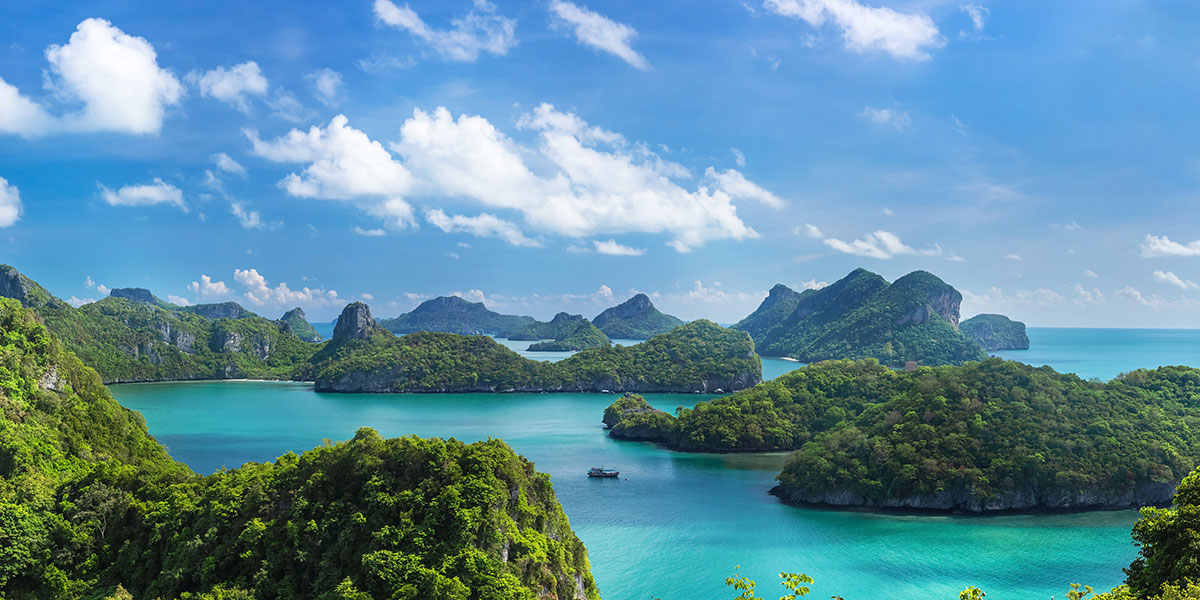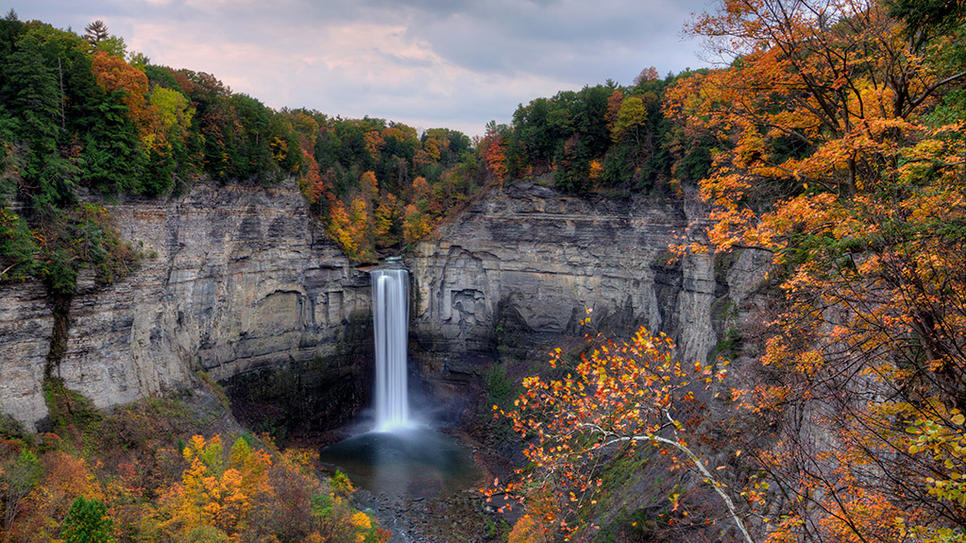<p>Walking along the uphill road that among the rocks, olive trees and ruins of the ancient city leads to the top of Monte San Biagio, one reaches the statue of <strong>Christ the Redeemer of Maratea</strong></strong>/p>
<p>The monument stands overhanging the Gulf of Policastro and towers hundreds of meters above the port of Maratea.</p>
<p>&nbsp;</p>
<p>The work of Florentine sculptor Bruno Innocenzi&nbsp; (Florence 1906-1986) and commissioned by Count Stefano Rivetti of Valcervo, the statue of Christ the Redeemer of Maratea was erected in 1965 on the summit of Mount San Biagio at the site of a commemorative stone cross.</p>
<p>&nbsp;</p>
<p>Second in size only to the <a href="https://sworld.co.uk/02/550/photoalbum/christ-the-redeemerthe-jesus-christ-in-rio…%20-%20Secret%20World"><strong>Christ of the Corcovado in Rio de Janeiro</strong></a>, the statue of <a href="https://sworld.co.uk">Maratea</a> &egrave; 21 meters tall, with an arm span of 19 meters and a face measuring 3 meters.&nbsp; &nbsp;</p>
<p>The statue <p> was made of reinforced concrete covered with a mixture of white cement and Carrara marble.</p>
<p>&nbsp;</p>
<p>&nbsp;</p>
<p>By virtue of the particular configuration of the face , the statue , an unmistakable landmark for seafarers, gives the&rsquo;impression to a distant observer that the gaze is turned, contrary to reality, toward the sea.</p>
<p>&nbsp;</p>
<p>The statue has an internal technical gap useful for reaching the top for maintenance work , with an iron ladder that cannot be used for tourist purposes.&nbsp;</p>
<p>The belvedere at the foot of the statue &egrave; the most panoramic point of the entire Maratea area with an exceptional 360&deg; view of the magical profile of the coast and inland mountains.</p>
<p>&nbsp;</p>
<p>The same rolling road to reach the summit &agrave; of the mountain &egrave; is highly spectacular with final hairpin bends resting on pylons several meters high.&nbsp;</p>
<p>The statue &egrave; is in fact located right in front of the Shrine of St. Blaise, Armenian Martyr patron of <strong>Maratea</strong> whose relics have been preserved in the Basilica since 732 A.D. .&nbsp;</p>
<p>&nbsp;</p>
<p>The Basilica &egrave; can be visited with the decorum due to a place of prayer, throughout the day except during times when sacred services are held.&nbsp;</p>
<p>Along the slightly uphill pedestrian path that leads from the Basilica to the Statue, one crosses the ruins of the ancient Castle of Maratea , razed to the ground by the French after capitulating following a long siege in December 1806.&nbsp;</p>
<p>The entire route and the two belvederes,&nbsp; of the Basilica and the Statue, are ideal places to take photographs of Maratea’s stupendous panorama.&nbsp;&nbsp;</p>
